Is curry a condiment? The answer depends entirely on how you use it. When sprinkled on finished dishes for extra flavor, curry powder acts as a condiment. But when used as the foundation for curries, stews, or sauces, it functions as a spice blend or cooking base. Let's clarify this common confusion with clear, actionable information.
Curry is not a single spice but a complex category of dishes and spice blends that vary significantly across cultures. Understanding this distinction is crucial for proper culinary use.
| Curry Type | Primary Use Case | Condiment Function? | Key Characteristics |
|---|---|---|---|
| Curry Powder (Western) | Spice blend for cooking or finishing | Yes, when used post-cooking | Dry blend of turmeric, cumin, coriander; shelf-stable |
| Thai Curry Paste | Base for curries and sauces | No | Wet paste with chilies, lemongrass, shrimp paste; requires cooking |
| Japanese Curry Block | Base for stews | No | Sweet, thick, pre-cooked; dissolved in water |
| Indian Curry Masala | Core ingredient for dishes | Occasionally | Region-specific blends; used during cooking |
Why the confusion exists: The word "curry" is used differently across cultures. In India, "curry" refers to the entire dish. In Western supermarkets, "curry powder" is sold alongside condiments like ketchup and mustard.
How to Use Curry as a Condiment
When used as a condiment, curry powder functions similarly to paprika or chili flakes:
- sprinkle over roasted vegetables or potatoes after cooking
- mix with yogurt for a quick dip
- dust on popcorn for savory flavor
- blend with mayonnaise for sandwich spreads
- add to salad dressings for exotic notes
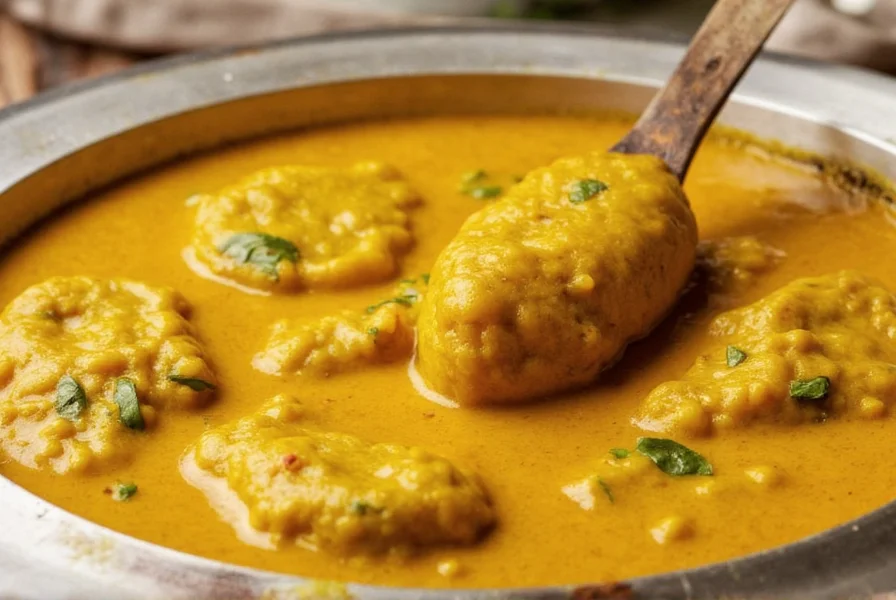
When Curry Is NOT a Condiment
Curry paste and blocks are cooking ingredients, not condiments:
- Thai green curry paste must be sautéed with coconut milk to create a sauce
- Japanese curry blocks need to be dissolved in water for stewing
- Indian curry masalas are typically fried in oil at the start of cooking
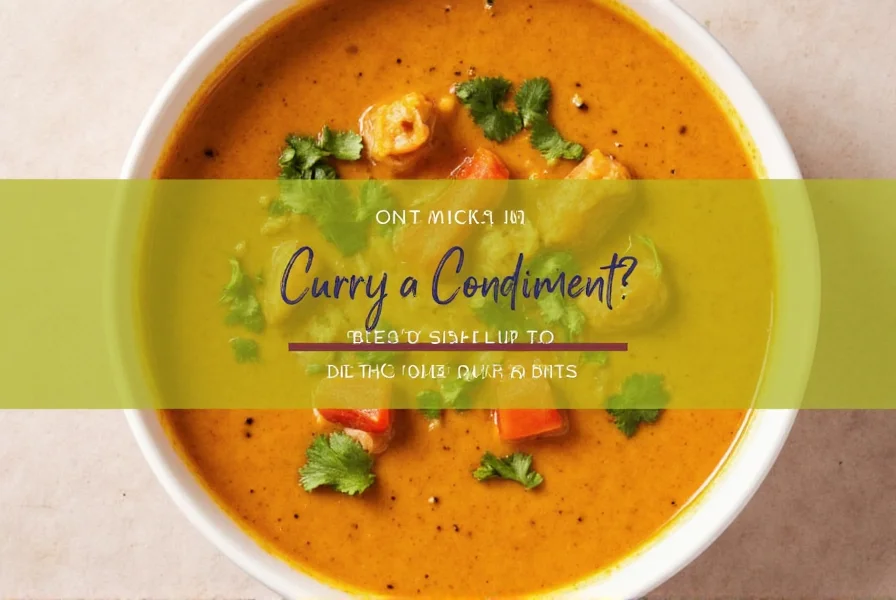
Global Curry Variations Explained
| Regional Style | Typical Form | Primary Role | Best Uses |
|---|---|---|---|
| Indian | Dry masala blends | Cooking base | Chicken tikka masala, butter chicken |
| Thai | Wet curry paste | Foundation for curries | Green curry with chicken, red curry with shrimp |
| Japanese | Pre-cooked blocks | Stew base | Curry rice, katsu curry |
| Caribbean | Spice blends or pastes | Marinade or cooking base | Curry goat, jerk chicken seasoning |
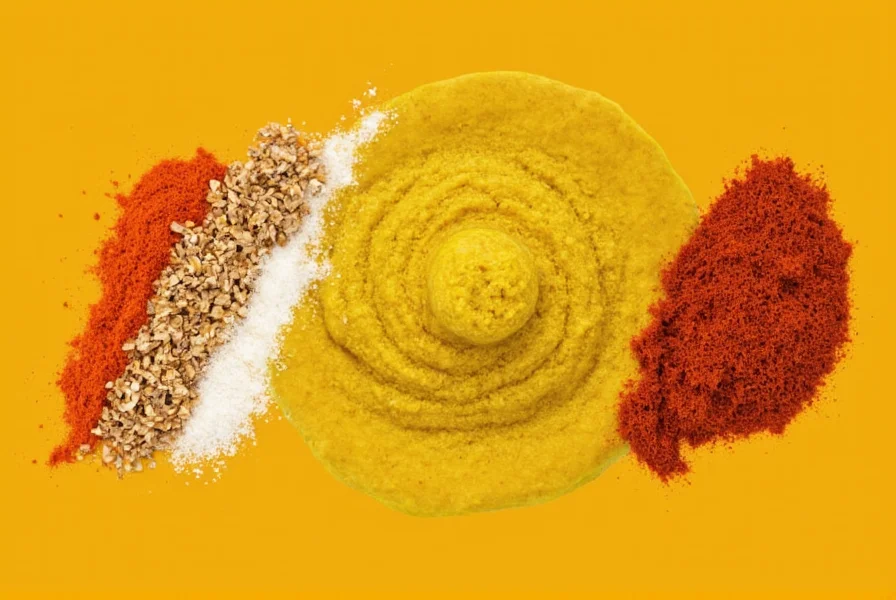
Buying Guide: What to Look For
- For condiment use: Choose dry curry powder in airtight containers. Look for "curry powder" specifically (not "curry paste")
- For cooking: Select regional-specific products (e.g., "Thai green curry paste" or "Japanese curry block")
- Check freshness: Avoid products with clumping or faded color; check expiration dates
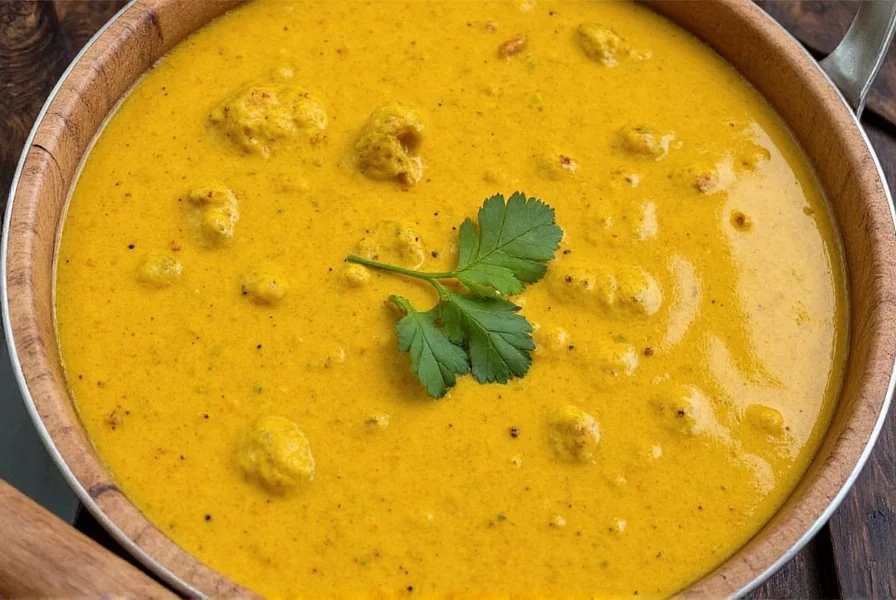
Frequently Asked Questions
Is curry technically considered a condiment?
Curry's classification depends entirely on its form and use. Dry curry powder can function as a condiment when sprinkled on finished dishes, but curry paste and blocks are always cooking ingredients. The term "curry" itself is not a single product but a category that varies globally.
What are the 3 essential truths about curry that lead to flavor mastery?
- Context is everything: Curry's role changes based on whether it's used during cooking or as a finishing touch
- Cultural perspective matters: In India, "curry" refers to the dish itself; in Western contexts, "curry powder" is often treated like a spice blend
- Form determines function: Dry powders can be condiments; wet pastes and blocks are always cooking bases
Can curry powder be used like other condiments?
Yes! Dry curry powder works similarly to paprika or cayenne pepper when used as a finishing touch. Try it on roasted vegetables, popcorn, or mixed with yogurt for dips. For authentic condiment use, avoid curry paste or blocks.
What's the difference between curry powder and curry paste?
Curry powder is a dry spice blend (turmeric, cumin, coriander) used for both cooking and as a condiment. Curry paste contains wet ingredients like chilies, garlic, and shrimp paste, and must be cooked to release flavors. Paste is never used as a condiment—it's always a cooking base.
How can I use curry as a condiment in everyday cooking?
Try these simple applications:
- Mix curry powder with Greek yogurt for a quick dip
- Sprinkle over roasted potatoes or sweet potatoes
- Add to salad dressings for an exotic twist
- Blend with mayonnaise for sandwiches
- Dust over popcorn for a savory snack

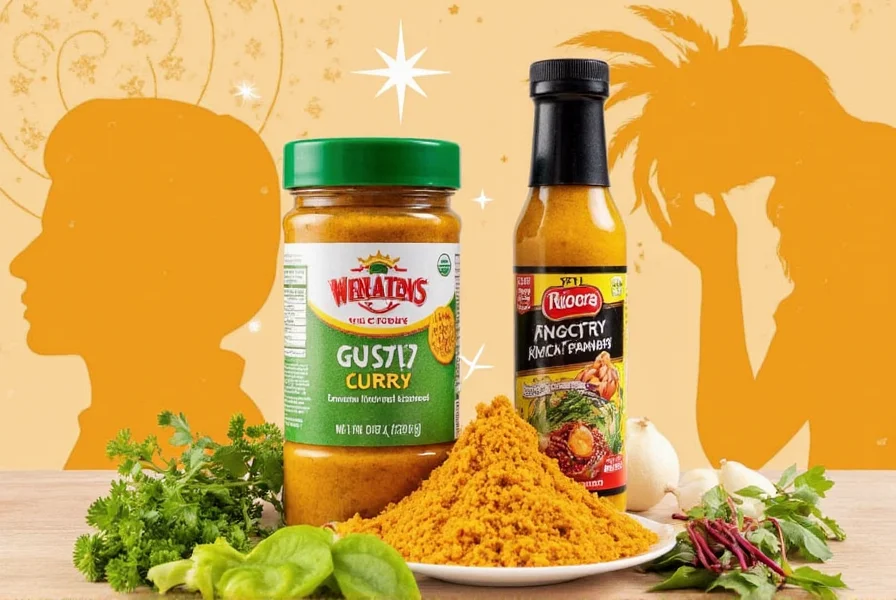









 浙公网安备
33010002000092号
浙公网安备
33010002000092号 浙B2-20120091-4
浙B2-20120091-4